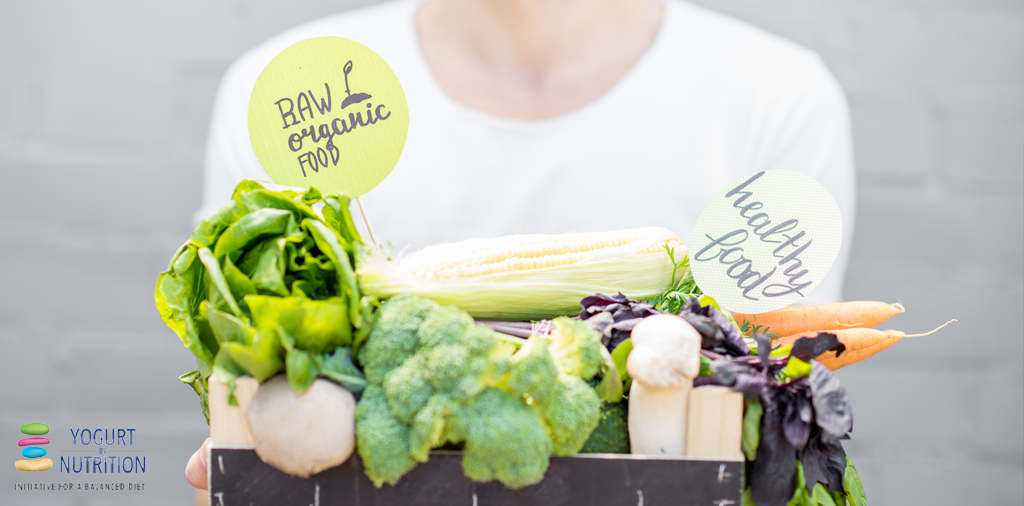If you’re planning to help save the planet by cutting down on animal products in favour of more plant-based dishes, think again. The chances are you could be contributing to even more damage to the environment, according to this report.
That’s because animal-based foods such as dairy products contain nutrients that aren’t so easy to get from plant-based foods. The problem comes when you compensate for the lost nutrients in order to keep up a healthy nutritious diet, say the authors.
In their research, they calculated the environmental impact of the food we eat and what happens if we make changes to our diet.
Results revealed that the popular move to switch to a more plant-based diet doesn’t necessarily reduce our environmental footprint at all – and it can even make it bigger, say the authors.
But there are some changes we can make to our daily diet that could make a difference to protecting the world we live in.
Foods can have unexpected environmental costs
About a quarter of our carbon emissions come from our food. Many animal products – especially beef – generate higher carbon emissions than plant-based foods. Beef also stands out in our diet as taking up by far the largest land use per kg of food product, say the authors.
But other foods can also place a surprisingly heavy burden on the environment, often through transport and distribution. Hence a banana imported from South America has a bigger footprint than a locally-grown apple, for example.
‘Following a healthy and sustainable diet is not as easy as it might seem.’ – van Est L et al, 2017.
To unravel the puzzle, the authors assessed the nutritional content and environmental impact from farm to plate of each of 208 products eaten regularly in the Netherlands where the research was based.
With the average Dutch diet as a starting point, the authors used a mathematical model to calculate how replacing certain parts of the diet would affect its carbon footprint. For every 20 g change in a food group, the model worked out the carbon footprint and land use of the alternative diet, always making sure the new diet provided enough of all the nutrients we need to comply with dietary guidelines.
Cutting down on meat, but not dairy, curbs carbon emissions
Not surprisingly, the results showed that the more beef we eat, the higher the environmental impact of our diet. On the other hand, changing the amount of dairy products we eat has a negligible impact on the environment.
That’s because dairy is such a nutrient-rich food that if you leave it out of your diet, you’ll have to eat loads more fruit and vegetables – spinach to provide the calcium, for example – to make up for the nutrients you would have got from dairy products and so reach your recommended daily intakes. When you add up the environmental effects of the replacements, you get roughly the same environmental effect as if you’d stuck with your dairy products, the authors found.
‘The sustainable principle to eat less animal-based products and more plant-based products does not automatically result in a more environmentally-friendly diet.’ – van Est L et al, 2017.
Bread and seeds lower the diet’s environmental impact
The model revealed that two plant-based food groups that do have a positive effect on the environment are bread and nuts and seeds. These foods are relatively rich in nutrients and the environmental impact of the diet falls as we eat more of them.
Healthy eating can conflict with environmental benefits
Next the authors applied their model to 10 daily menus recommended for meeting the Dutch national dietary guidelines and compared these menus with the average Dutch diet.
If a more sustainable diet involves eating less meat and more plant-based foods then these healthy recommended menus could be expected to have a lower environmental impact than a typical Dutch menu of meat, cheese and other diary products. But half of the recommended menus – even the ‘no meat today’ menu – had a higher environmental impact than the average Dutch diet. The ‘I love Holland’ daily menu – of meat, dairy products, fruit and vegetables from Dutch farms – had the lowest environmental impact of all.
So the authors conclude that it’s hard to come up with a more sustainable diet that involves eating less animal-based and more plant-based products than most people do now in Western Europe. That’s because, while an exotic fruit needs to be transported, locally grown produce has a much shorter, and environmentally cheaper, trip before it lands on our plate.
“If you eat lots of exotic fruit and vegetables, it is difficult to achieve a sustainable footprint.” – van Est L et al, 2017.
Stop eating too much
So, what to do? For many of us in Western society, the answer is simple. People who eat too much can take a big step towards saving the planet by cutting down to sensible levels. For example, the authors calculated that a man who eats too much can almost halve his carbon emissions by switching to the recommended calorie intake for men of roughly 2,600 kcals per day. For women, the recommended intake is about 1900 kcals per day.
Modify your carbon-emitting lifestyle
The authors warn that the science behind what makes a sustainable and healthy diet has a long way to go and further research is needed to confirm their conclusions.
In the meantime, don’t forget that your diet is just one cog in the wheel when it comes to sustainability and that the way you lead your life can have a bigger impact on the environment than your food. For example, any good you might have done the environment by following a sustainable diet for a year will be undone if you then take a long-haul flight to go on holiday.



